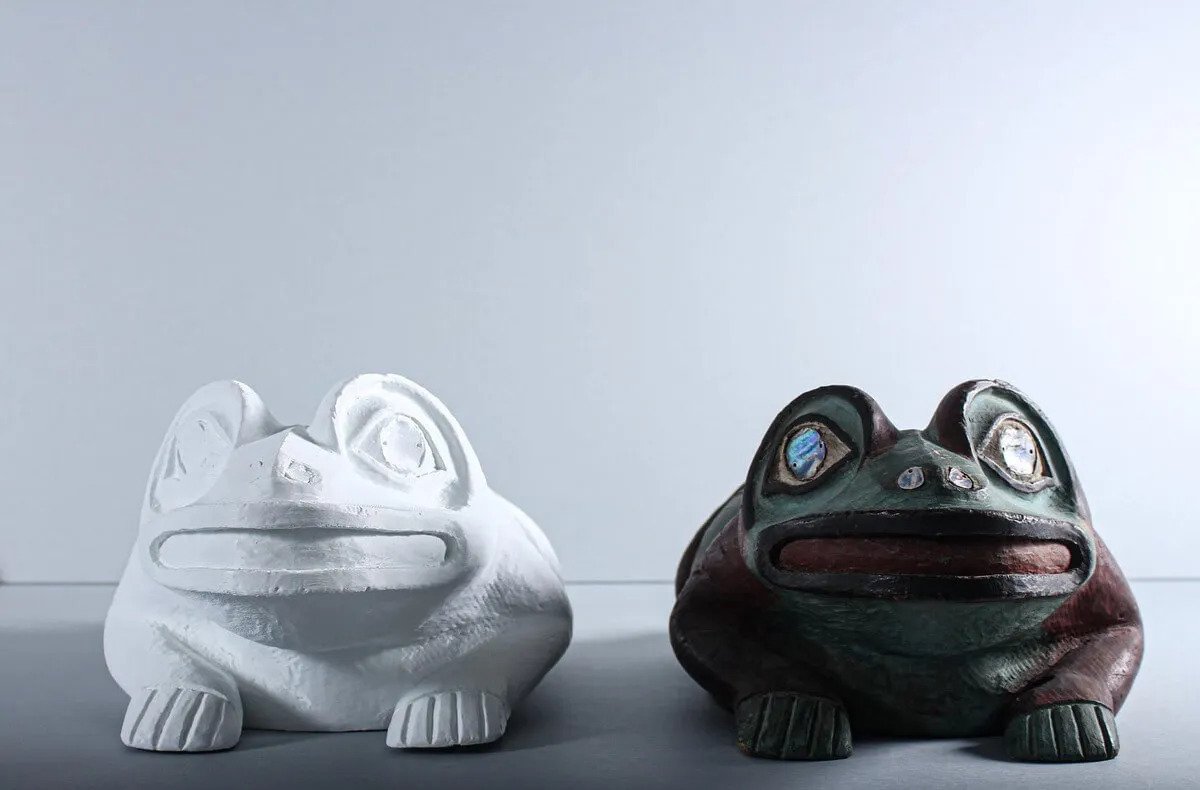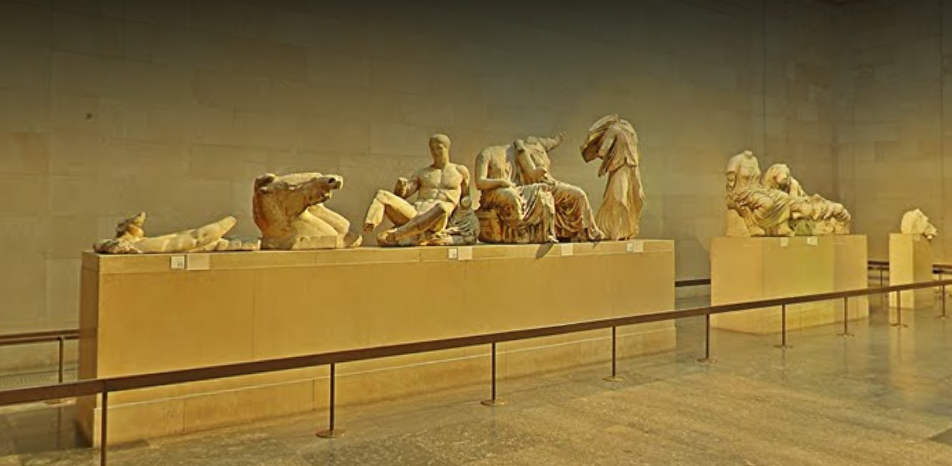The University of Maine (UMaine) is embarking upon a project that leverages 3D printing to return culturally-sensitive artifacts to an Alaska tribe.
The UMaine team is 3D printing a replica of one of the items, the Tlingit Frog Clan Helmet, which will be displayed at the Hudson Museum while the original is sent back to the Tlingit tribe in southern Alaska.
The replica of the helmet is an initial proof-of-concept demonstrating additive manufacturing’s potential for applications of this kind, and if successful UMaine will use the technology to fabricate some half a dozen replicas of other Tlingit artifacts the tribe has requested.

Preserving artifacts with AM
3D scanners and printers have proved useful for digitizing relics, ancient artifacts and historic sites, such as replicas of treasured statues and historical sculptures.
The technology has also been leveraged by the likes of London-based cultural heritage project Scan the World to capture art from across the globe and make it freely available to the 3D printing community. The firm has previously carried out projects for the Victoria & Albert Museum, and has most recently teamed up with Google Arts & Culture to expand its collection of open-source 3D printable art.
Elsewhere, archivists at the Texas Through Time Museum have used 3D scanning to digitally preserve the fossilized skeleton of an ancient predator, while Spain’s National Archaeological Museum has deployed the technology to create a replica of the San Pedro de la Duenas Arch. The Australian National Maritime Museum, meanwhile, recently displayed a 3D scanned and printed replica of an unearthed 19th-century boat.
One institution that seemingly hasn’t realized the benefits of additive manufacturing for preserving artifacts is the British Museum, which recently denied the Institute of Digital Archaeology (IDA) permission to 3D scan the famous Parthenon Marbles so that the originals could be returned to Greece. The museum could now face a court date after rejecting the request “without any explanation”, and the long-held dispute between itself and Greece looks set to continue for some time yet.

3D printing the Tlingit Frog Clan Helmet
Taking an altogether different approach, UMaine and the Hudson Museum are aiming to leverage the technology to enable the return of several cultural artifacts to the Tlingit clan.
Starting with the Tlingit Frog Clan Helmet, the team is scanning and 3D printing a copy of the helmet which will then be finished to resemble an exact replica. The helmet would have been displayed by the clan leader, and was donated along with the other Tlingit artifacts in 1982 by the estate of William Palmer III, who had collected the objects.
The project was initiated after the Tlingit tribe’s central council filed a request for repatriation of the helmet and seven other artifacts in the Hudson Museum’s collection. As a result, Hudson Museum Director Gretchen Faulkner worked with the clan to get approval to attempt to fabricate a 3D printed replica of the helmet so the museum could return the original while keeping a version for its display.
The team began by 3D scanning the helmet to capture all its flaws and details and then 3D printed a full-scale replica. The team is currently working on smoothing out the printed helmet before painting it to make it as identical as possible to the original.
By the end of July, the Hudson Museum hopes to have a temporary exhibit showcasing the process of creating the 3D printed replica helmet, after which the original will be returned to the Tlingit clan.
The project is seeking to demonstrate 3D printing’s ability to produce accurate replicas of important cultural artifacts, and if the 3D printing of the helmet is successful, the team will go on to fabricate replicas of the remaining Tlingit artifacts.
Subscribe to the 3D Printing Industry newsletter for the latest news in additive manufacturing. You can also stay connected by following us on Twitter and liking us on Facebook.
Looking for a career in additive manufacturing? Visit 3D Printing Jobs for a selection of roles in the industry.
Subscribe to our YouTube channel for the latest 3D printing video shorts, reviews, and webinar replays.
Featured image shows the 3D printed Tlingit Frog Clan Helmet (left) and the original artifact (right). Photo via UMaine.



